One of the great challenges of today’s society is to bring science closer and make it more accessible to everyone. Christmas is a perfect occasion to contribute to this goal by choosing one of these science-related gifts that we propose:
Planetariums, a classic that never fails to please
Turning a child’s bedroom into a journey of space exploration is now within reach of anyone with the various models of portable and home-use planetariums that exist in the market.
Planetariums are also a journey back in time since they actually began to take shape in 1913. Oskar von Miller (the founder of the Deutsches Museum in Munich) went to the optical company of Carl Zeiss with the revolutionary idea of creating an instrument that could project and reproduce the sky and the movement of the stars.
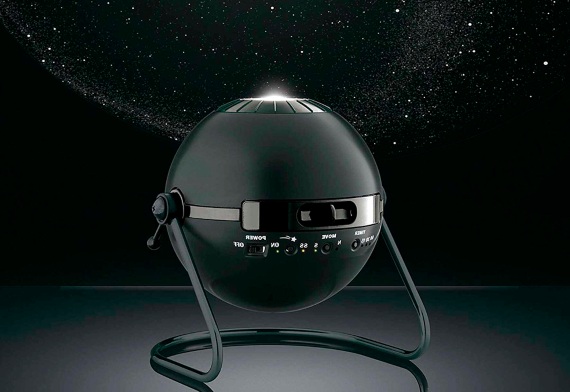
The dream had to be postponed for a decade by the First World War, but it became a reality in 1923. After four years of work by the engineers of the Zeiss company —led by Walther Bauersfeld— the first demonstration of the Model I projector took place in a dome 16 metres in diameter built on the roof of the factory and designed by Bauersfeld himself. Two years later, on 7 May 1925, the Deustches Museum opened its planetarium to the public. Since then, ever more sophisticated models have been produced. There are also some smaller ones, intended for didactic purposes (but which do not lose an iota of their “magic”).
The science of design
For lovers of the history of science, careful reproductions of the scientific devices on display in museums will be an unforgettable Christmas gift.
One choice would be a Galileo thermometer, an exquisite instrument inspired by the principle discovered by the Italian physicist and made real by pupils at the Accademia del Cimento at the end of the 17th century. Literally, it is chock full of science: a glass cylinder filled with water in which are immersed a collection of crystalline spheres with coloured liquids and a counterweight tag that indicates a temperature. Each sphere has a slightly different buoyancy, which allows some to float and others to sink depending on the ambient temperature —and the density of the water inside the tube, which begins to decrease starting at 4 ºC, as the temperature rises.
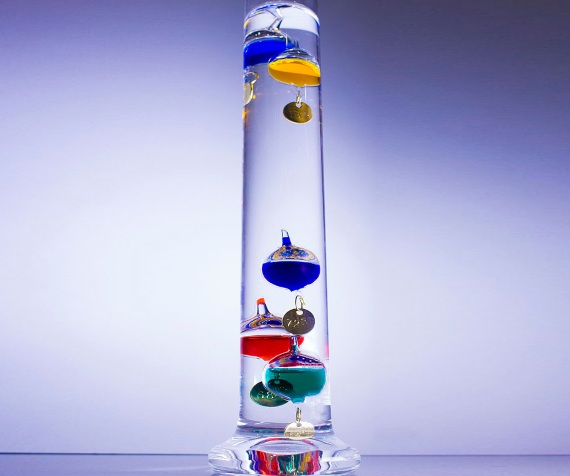
Another equally elegant, eye-catching and illustrative alternative is a Newton’s Cradle, the modern version of which was named in 1967 by British actor Simon Prebble to honour the brilliant physicist and demonstrate in a very visual way the Law of the Conservation of Energy. In essence it consists of an alignment of 4 or 5 identical pendulums which are adjacent to each other. When the first pendulum is set in motion —by raising and releasing it— it strikes its immediate neighbour in such a way that the energy and the amount of movement travel through the intermediate pendulums —which oscillate minimally— until last one is activated, absorbing the momentum and rising, and then swinging back and hitting the whole group, retransmitting the energy in the opposite direction. The demonstration is complete when one observes that if two or three initial pendulums are raised, the result is that the last two pendulums oscillate together.
If the recipient of the gift enjoys kitschy or psychedelic decorations, the lava lamp is a great option. Invented by Edward Craven in 1963, its operation, again, is based on how the density of different substances varies with temperature.
Board games for learning science from 0 to 99 years
If the goal is to learn science without realizing it and in a fun and entertaining way, the ideal gift is one of the many board games inspired by it. An example is Cytosis, whose setting is the interior of a cell in which players compete for resources with which to manufacture enzymes or hormones or to detoxify the cell, armed with cards that give access to different organelles of the cell.
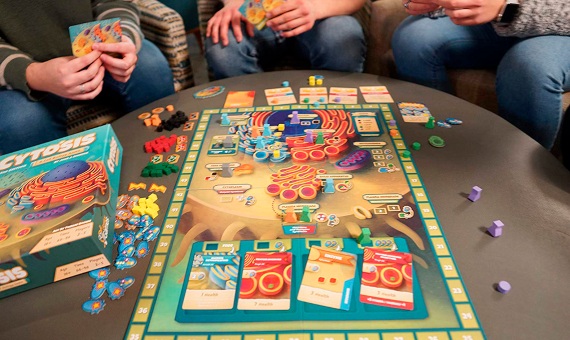
Nor should we forget the games in which the aim is to demonstrate —and consolidate— scientific knowledge. There is the classic Brainbox, with its modalities on science, inventions, mathematics, animals or nature. Another is Timeline, a card game with decks of different themes, which tests the knowledge of players in matters such as inventions, discoveries or science.
Gifts commemorating great moments in science
2019 saw the commemoration of the 500th anniversary of the first circumambulation of the planet by Magellan and Elcano and the 50th anniversary of humanity’s arrival on the Moon. And if that were not enough, it has also been the International Year of the Periodic Table. All this provides a good excuse to give a present dedicated to one of these anniversaries.
A good option is a reproduction of a classical compass or an astrolabe like the one we already recommended in an earlier edition of this guide. But if you want to “kill two birds with one stone” and pay tribute to maritime and space navigation at the same time, a marine sextant is the best choice. This instrument, successor to those that were essential for navigation in the seventeenth and eighteenth centuries, was also key to a lunar mission. The famous “Houston, we have a problem” of Apollo 13 did not end in disaster thanks to, among other things, the skill of one of its crew members (Jim Lovell) with the sextant. Ever since then, NASA has been training its astronauts to handle one in the event of a total collapse of the spacecraft’s navigation systems.
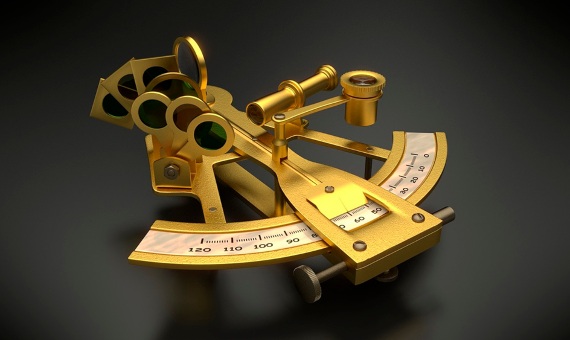
And for fans of the Periodic Table, there are countless gifts decorated with this display of the chemical elements: eyeglass cases, duvet covers, mugs, bags or even Tupperware, which ensure a periodic review of this basic tool of science invented by Mendeleyev in 1869.
When you just don’t know what to give
When you don’t know for sure what to give, there’s no better place to find inspiration than visiting the online stores of science museums like the Science Museum in London or the Exploratorium in San Francisco. You are guaranteed to find scientific gifts for all budgets and able to surprise even those who already have (almost) everything.
One original alternative is a protractor pizza cutter, which ensures that all portions are exactly the same size and avoids disputes over the largest piece. If, for example, you want to divide the pizza into eight portions, just use the protractor function to measure angles of 45º —given that a complete circumference is 360º and 45 is the result of dividing 360 by 8— and cutting at that height.
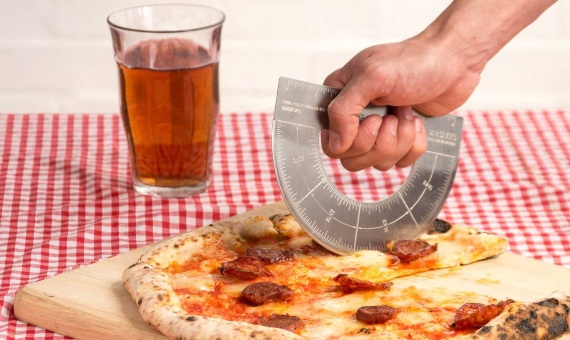
Another good idea is a mathematical watch, so as not to waste time with operations. The numbers on the dials of these watches have been replaced by equivalent expressions and equations: from simple divisions, to square roots, powers, factorizations and combined operations.
And continuing with mathematics, another gift option is an “alternative” scientific calculator: a calculator illustrated with the image of a woman scientist. It is also perfect for vindicating the role of women in science and for awakening and encouraging vocations among younger women.
Comments on this publication